Are your students needing reading intervention activities for reading multisyllabic words? It can be difficult if they don’t have the strategies to take apart a word. When kids are in the earlier grades, they start out by decoding simple words like CVC words. As they get older they are expected to read larger words. So they need more strategies to be successful at breaking apart multisyllabic words.
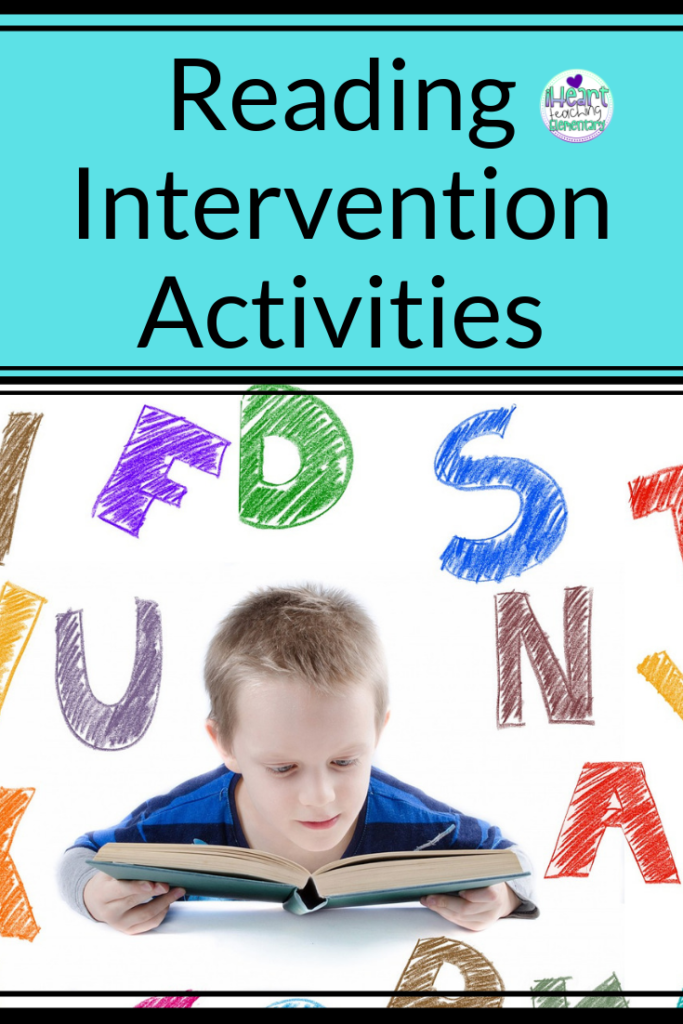
Decoding Instruction Shouldn’t End in Second Grade
Decoding instruction tends to end in second grade. But kids are expected to read larger words which increase in size as they go up through the grades. Some kids will pick up decoding multisyllabic words more quickly than others. Some will take a little longer and others will really struggle with it. They need reading intervention activities that help them practice using specific strategies to decode.
Materials for Reading Intervention
Reading interventions are generally taught to small groups of students or individuals. Having the right materials on hand and being organized is essential.
You don’t need a lot of fancy materials to do reading intervention lessons. Your students could use paper and pencil, a dry erase board and marker or even write on the tables and desks with a dry erase marker. (It wipes off!) I also like having sticky notes at the small group table. If you need the child to practice a quick strategy that they need to write down, they won’t waste a whole sheet of paper.
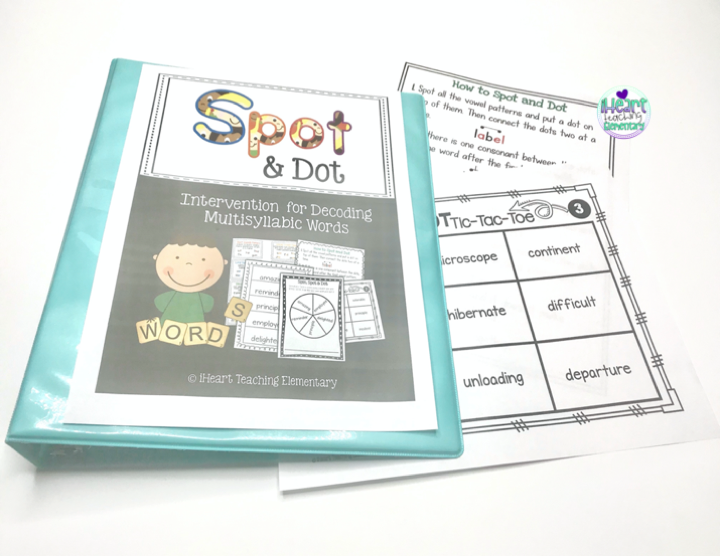
I keep any materials the students will use right by my small group table for easy access. That way we can get started right away and not waste the little time we have. Since I don’t have a lot of time, I have all of my lessons ready to go in sheet protectors. I print them out once and they can be reused over and over. The kids can write directly on the sheet protectors with a dry erase marker and it wipes off easily.
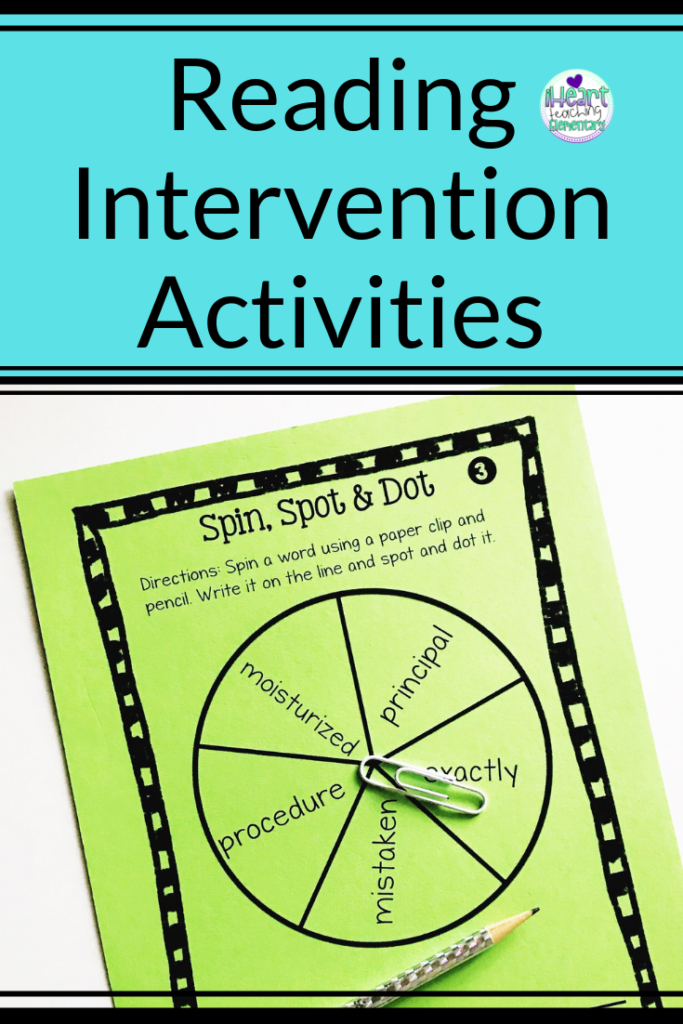
Reading Intervention Activities
Identifying Vowel Patterns in Multisyllabic Words
Here are a few reading intervention activities for helping kids practice breaking apart multisyllabic words. You can do these as a whole group mini-lesson, as an intervention with individual students or in a small group. It’s important for kids to be able to identify vowel patterns in words. Give the child a word that uses one of the common vowel patterns. Have them find any vowel patterns they can find and underline them. This is a good way to practice looking for those vowel patterns so they can then practice using them to break the words apart.
Break Apart the Words Using the Vowel Patterns
Once I see that a child is doing well with identifying vowel patterns, I teach a strategy called Spot and Dot. This strategy has the child use the vowel patterns to break apart the word. First, the child identifies the vowel patterns. Then they break apart the word in between those vowel patterns. After they break it apart, they say all the parts together until they figure out what the word says. You can read more about how to Spot and Dot in this post.
Play a Game
Even reading interventions such as decoding multisyllabic words can be made more fun with a game. One game I like to play with my students is Spin, Spot, and Dot. I make a wheel with words that include at least one of the vowel patterns. The child uses a pencil and paper clip to spin a word. Then they Spot and Dot the word they land on. Turn it into a game by adding points. If they do it correctly, they get a point. If not, the teacher gets a point!
Another game the kids like is Tic-Tac-Toe. They pick a word from the game board and break it apart. If they break the word apart correctly, they get to place their counter on that word. They continue doing this until they get 3 in a row! This can be played solo or with a partner.
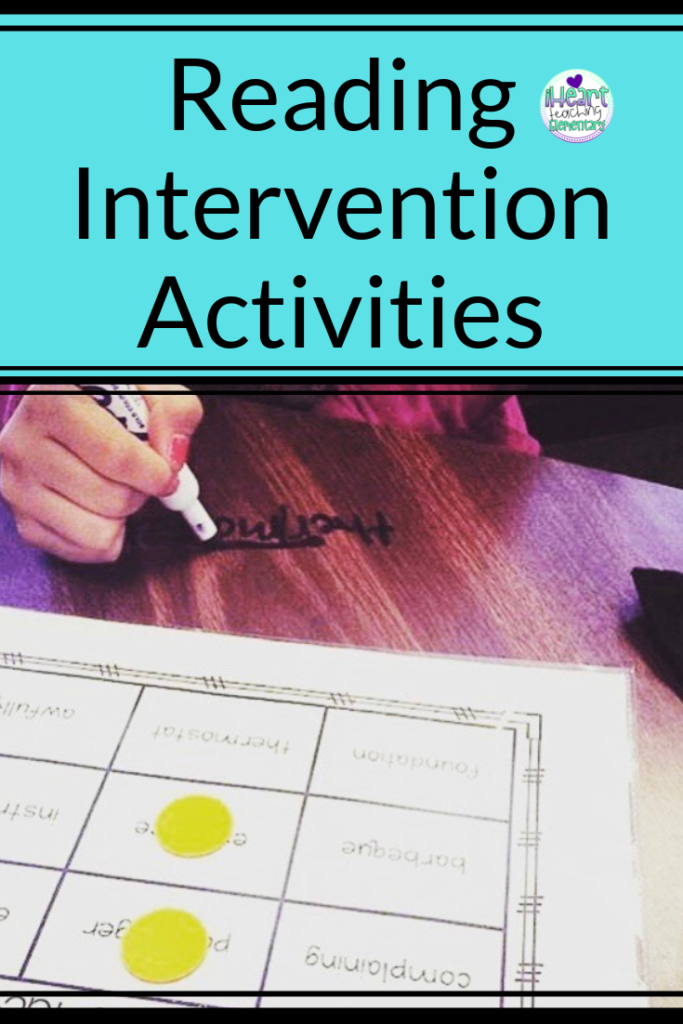
Decoding Helps Reading Stamina and Comprehension
Kids that are able to decode become more fluent. This, in turn, helps them have better reading comprehension. The more words kids can read, the more they will read and the better their reading comprehension will become. Being able to decode multisyllabic words helps them become independent readers which is one of the five tips I give here.
How to Fit in Reading Interventions
You’re probably asking yourself how in the world you are going to fit this into your schedule. Here are some ways you can fit reading interventions into your tight schedule. You could do a five-minute mini-lesson during your morning meeting or at the beginning or end of your ELA block. Teach the lesson for the first two and a half minutes. Then have them try the strategy out for the rest of the time. Typically, reading interventions are done in small groups or with individual students. But with a time crunch sometimes it’s necessary to teach the whole group. The perk is that the rest of the class benefits from the intervention.
If you have independent reading time, students can practice the strategy you taught that day. After independent reading time or between center rotations, you can meet with them quickly after your ELA block is over to confer or clear up any misconceptions.
Another option is to have a small group of students with the same intervention needs, practice with you for a few minutes before the small group reading lesson. This could be a five-minute chunk of group time just like when you teach it whole group. This time, however, you are able to get a closer look at the needs of each child since you are in a small group. Every once in a while, instead of your regular small group lesson, play a game that goes over the reading intervention.
Do you need more help with reading intervention activities? I have created a free resource called A Guide for Helping Kids Master Multisyllabic Words.
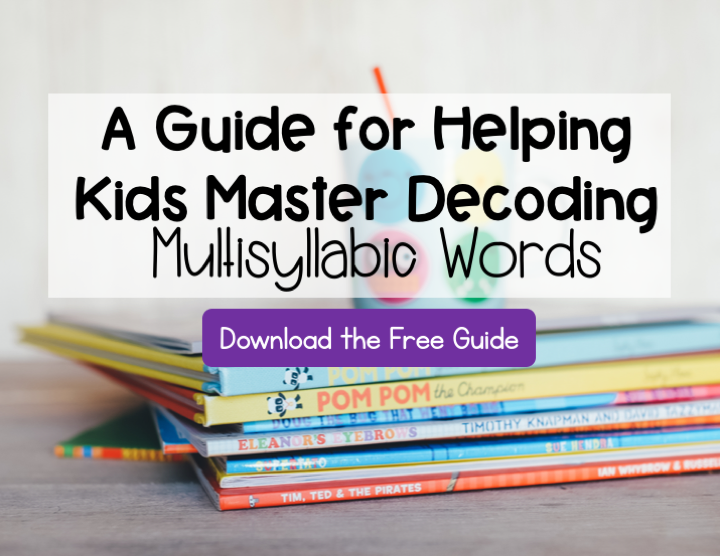
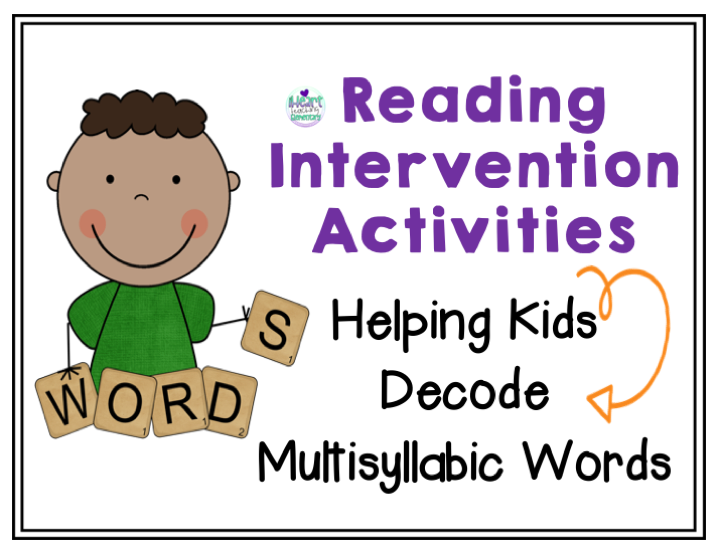
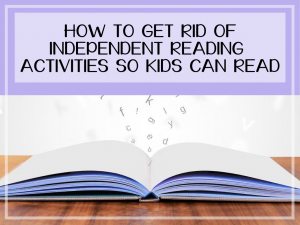


Pingback: Reading Stamina: 5 Tips for Helping Kids Read Independently
Thank you for the very good strategies to support struggling readers.
You’re welcome Beverley! Happy to hear that it was helpful.
Thank you for these strategies. I work with both 4th and 5th graders covering reading strategies they’ve missed causing gaps in their reading ability.
Hi Brenda, you’re welcome! I’m glad you’ve found them helpful for your students. Being able to decode multisyllabic words will definitely help the kids close those gaps.